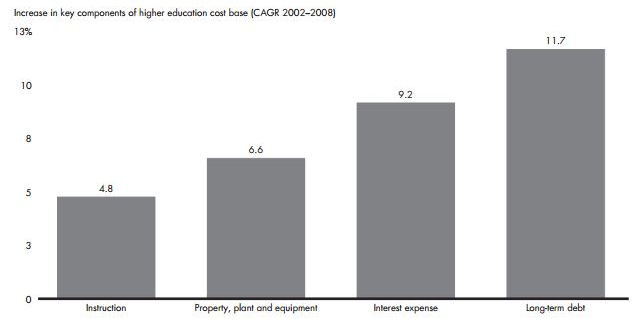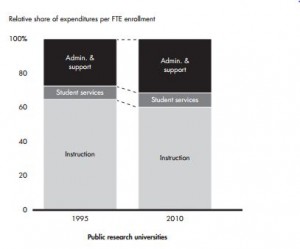The Capital Trees project in downtown Richmond shows how public and private investment in urban canopy can advance strategic community goals like reducing storm water runoff and cleaning up the James River.
by James A. Bacon
In November 2009, the Garden Club of Virginia invited Rachel Flynn, then the City of Richmond’s planning director, to speak at its Conservation Forum in Charlottesville. She described how trees played a critical role in defining city street scapes. Although the City of Richmond had funded an extensive planting program, she said, many trees had died. By her count, some 500 empty tree wells were scattered around town.
Intrigued by the presentation, Jeanette McKittrick, president of the Three Chopt Garden Club contacted Flynn and arranged for her to give the four Richmond-area garden club presidents a tour of the city. In that tour, she gave a running commentary about gateways, landscapes, parks and streetscapes and their importance to the city’s identity. That tour inspired a dialogue among the members of the Boxwood, James River, Three Chopt and Tuckahoe of Westhampton garden clubs. Trees, they realized, play a dual role. They are key components in beautification projects, and they are essential to the environment as well.
Over the years, the Garden Club of Virginia has been most closely identified with historic gardens, from Monticello to Maymont, from the Governor’s Mansion in Richmond to the grounds at the University of Virginia. Perhaps it was time to try something new – beautification with an environmental twist.
The four Richmond-area chapters approached the city to join them in a major demonstration project – the landscaping of 14th Street between Bank and Main Streets in the heart of downtown. The goals: to soften a barren, concrete street scene and to reduce storm water overflow into Richmond’s antiquated sewer system.
“It was a concrete canyon. It was ugly,” recalls Susan Robertson, who at the time served as president of the James River Garden Club. Not only was the street an uninviting place to walk, it contributed to the city’s most pressing environmental problem. “There was a significant elevation drop,” she explains. “In heavy rains, water came down, drained into the sewer and ran straight into the river.”
While separate sewer and storm-water systems serve two-thirds of the city, the downtown area still has a combined sewer overflow system, parts of which date to the 19th century. Ages ago, it was state of the art. Today it’s a liability. In heavy rains, storm water merges with sewage to overwhelm the city’s sewage treatment plant, and raw effluent washes into the James River. Upgrading the system would cost roughly $500 million, and the city is under the gun from the State Water Control Board to make steady and demonstrable progress in reducing the overflow.
Planting more trees downtown won’t solve the problem by itself, but the Capital Trees project could make a contribution. “We’re looking at these pilot projects to see how green infrastructure can support the gray infrastructure,” says Michelle Virts, deputy director at the city’s Department of Public Utilities. “The potential exists to reduce the investment needed.”
“One mature shade tree deflects 13,000 gallons of water a year from entering neighboring streams,” says Robertson. Asa bonus, trees prevent silt from entering streams, filter carbon monoxide and other pollutants, trap airborne particulates, muffle urban noise, provide cooling shade in summer, act as windbreaks in winter, and function as carbon sinks.
After their tour with Flynn, the Garden Club ladies set about educating themselves about urban tree canopies. They drew heavily from the pioneering work of Casey Trees in Washington, D.C., which has the mission of restoring and protecting trees in the nation’s capital. Casey Trees had developed best practices for selecting trees appropriate for specific settings, for making sure they had sufficient soil and root space to thrive and for making sure someone watered them as they matured. Read More.

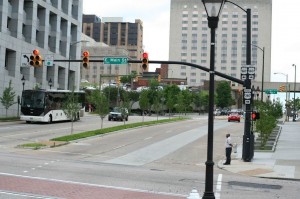
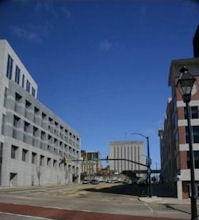
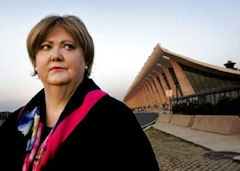







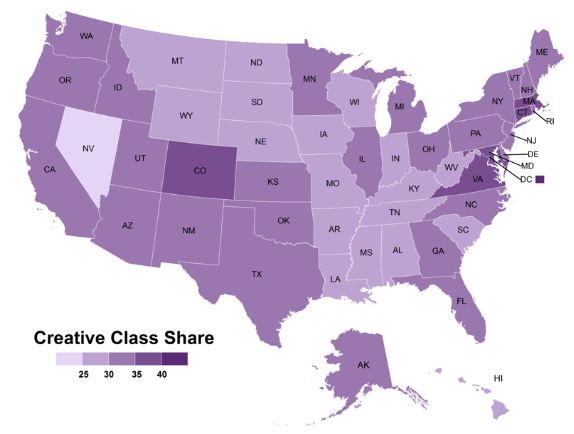
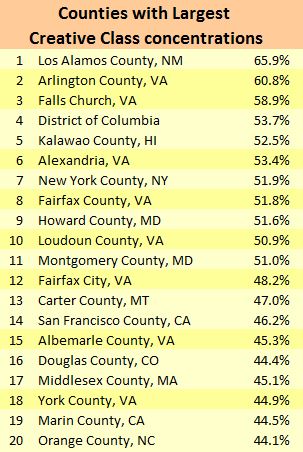
 Late morning near Ashland, the shopping crowd of mostly middle-aged white men is busy poring over the wares at Green Top Sporting Goods. Although it is only late July, hunting season looms and buyers are checking guns and rifles of all types and sizes. Also on display are scores of handguns, mostly automatics, in glass cases. In the corner behind the counter are assault-style, semi-automatic rifles in evil-looking metal and plastic.
Late morning near Ashland, the shopping crowd of mostly middle-aged white men is busy poring over the wares at Green Top Sporting Goods. Although it is only late July, hunting season looms and buyers are checking guns and rifles of all types and sizes. Also on display are scores of handguns, mostly automatics, in glass cases. In the corner behind the counter are assault-style, semi-automatic rifles in evil-looking metal and plastic.



